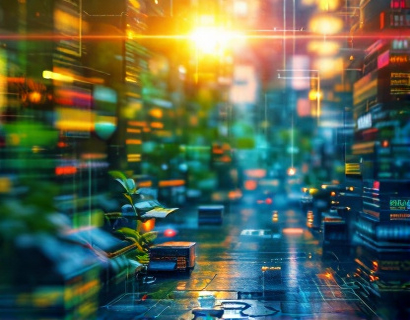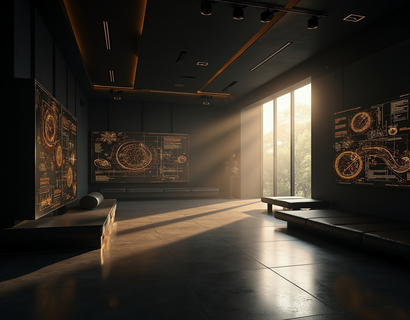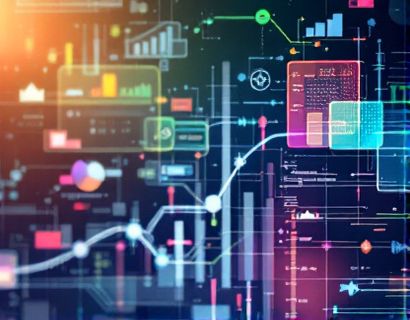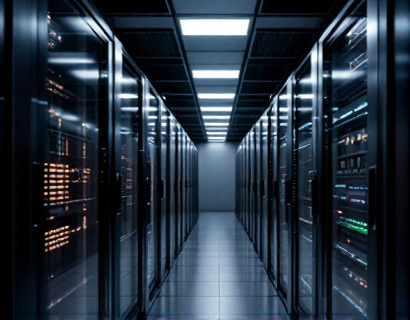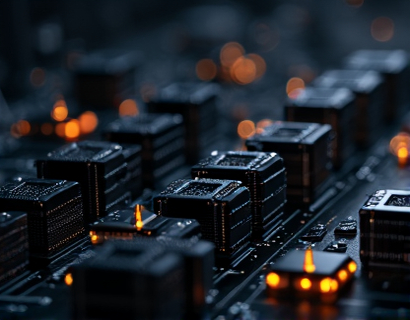Maximizing Your Indoor Garden: Cutting-Edge Tech for Optimal Plant Growth and Sustainability in Solariums
In the realm of indoor gardening, the integration of advanced technology has revolutionized the way enthusiasts cultivate plants within the confines of solariums. These high-tech setups transform light, climate, and automation into a symbiotic ecosystem that fosters optimal plant growth and sustainability. This article delves into the cutting-edge technologies that can elevate your indoor gardening experience, ensuring your plants thrive in a customizable, future-forward environment where technology and nature converge for unparalleled growth and sustainability.
The foundation of any successful indoor garden is the light system. Traditional fluorescent and incandescent bulbs have been replaced by LED grow lights, which offer superior efficiency and spectrum customization. LED lights emit less heat and consume less energy, making them ideal for indoor environments. Advanced LED systems can be tailored to specific plant species, adjusting the light spectrum to match the plant's growth stages. For instance, blue light is crucial during the vegetative phase, promoting leaf growth, while red light is essential for flowering and fruiting. Some systems even feature dynamic spectrum adjustment, simulating natural daylight cycles to enhance plant health and yield.
Climate control is another critical aspect of indoor gardening. Maintaining the right temperature, humidity, and air circulation is vital for plant health. Modern solariums are equipped with sophisticated climate control systems that monitor and adjust these parameters in real-time. Thermostats and sensors ensure that the temperature remains within the optimal range for your plants, while humidifiers and dehumidifiers maintain the ideal moisture levels. Advanced systems can also include ventilation and exhaust fans to prevent mold and mildew, ensuring a healthy growing environment.
Automation plays a pivotal role in maximizing the efficiency of indoor gardens. Automated irrigation systems deliver water and nutrients directly to the plant roots, reducing waste and ensuring consistent hydration. These systems can be programmed to activate based on soil moisture levels, plant type, and growth stage, providing a personalized watering schedule. Nutrient delivery systems, often integrated with irrigation, allow for precise control over the nutrient solution, preventing over-fertilization and promoting robust growth. Some advanced setups even feature hydroponic or aeroponic systems, which further optimize nutrient uptake and root health.
Smart gardening technologies take automation to the next level. IoT (Internet of Things) devices connect various components of the garden, allowing for seamless integration and remote monitoring. Through a smartphone app or web interface, gardeners can monitor and adjust light, climate, and irrigation settings from anywhere. These platforms often include data analytics, providing insights into plant health, resource usage, and growth patterns. This data-driven approach enables gardeners to make informed decisions, optimize resource use, and enhance overall garden performance.
One of the most innovative technologies in indoor gardening is the use of artificial intelligence (AI) and machine learning. AI algorithms can analyze vast amounts of data to predict plant needs, optimize growing conditions, and even detect early signs of stress or disease. For example, AI-powered cameras can monitor plant health, identifying issues such as nutrient deficiencies, pest infestations, or disease outbreaks before they become severe. This proactive approach allows for timely interventions, ensuring plants remain healthy and productive.
Another cutting-edge technology is the use of vertical gardening systems. These systems maximize space by growing plants in stacked layers, making them ideal for small indoor areas. Vertical gardens can be combined with automated trellises and support structures, ensuring plants grow upright and receive optimal light. This space-efficient approach not only increases the number of plants you can grow but also creates a visually stunning display. Some advanced vertical systems even incorporate self-watering modules and integrated LED lighting, creating a fully automated growing environment.
Sustainability is a key consideration in modern indoor gardening. Energy-efficient technologies and eco-friendly practices are essential for reducing the environmental impact of solariums. Solar panels can be installed to power lighting and climate control systems, reducing reliance on grid electricity. Additionally, water recycling systems can collect and reuse water, minimizing waste. Organic growing methods, such as using compost and natural pest control, further enhance the sustainability of indoor gardens. By integrating these practices, gardeners can create a greener, more sustainable growing space.
The choice of plants for indoor gardens is vast, but some species are particularly well-suited for high-tech environments. Leafy greens like lettuce, spinach, and kale thrive in controlled conditions, making them ideal for year-round harvesting. Herbs such as basil, cilantro, and parsley are also excellent choices, providing fresh flavors for cooking. For those interested in fruiting plants, dwarf varieties of tomatoes, peppers, and strawberries can be grown successfully indoors. Succulents and cacti, with their low maintenance requirements, are perfect for beginners or those with limited space. Each plant type has specific light, temperature, and humidity needs, but with the right technology, these can be easily met.
When setting up a high-tech indoor garden, it's essential to consider the initial investment and ongoing costs. While advanced technologies can be expensive, the long-term benefits often justify the cost. Energy-efficient lights and automated systems reduce utility bills, while optimized growth conditions lead to higher yields and better-quality plants. Additionally, the convenience and time savings from automation can be invaluable, especially for busy enthusiasts. Starting small with a few key technologies and gradually expanding the setup can help manage costs and allow for experimentation.
For those new to indoor gardening or looking to upgrade their existing setup, several resources can provide valuable guidance. Online forums and communities offer a wealth of knowledge, with experienced gardeners sharing tips and tricks. Books and tutorials focused on indoor gardening and high-tech setups can provide in-depth information on specific technologies and techniques. Local gardening clubs and workshops can also offer hands-on learning opportunities and networking with like-minded individuals.
In conclusion, the integration of cutting-edge technology in indoor gardening transforms solariums into sophisticated ecosystems that maximize plant growth and sustainability. From advanced LED lighting and climate control to automation and AI-driven monitoring, these innovations create an optimal environment for plants to thrive. By embracing these technologies, gardeners can enjoy a more productive, efficient, and sustainable indoor garden, regardless of space constraints. Whether you're a seasoned enthusiast or a beginner, the future of indoor gardening is bright, and the possibilities are endless.




